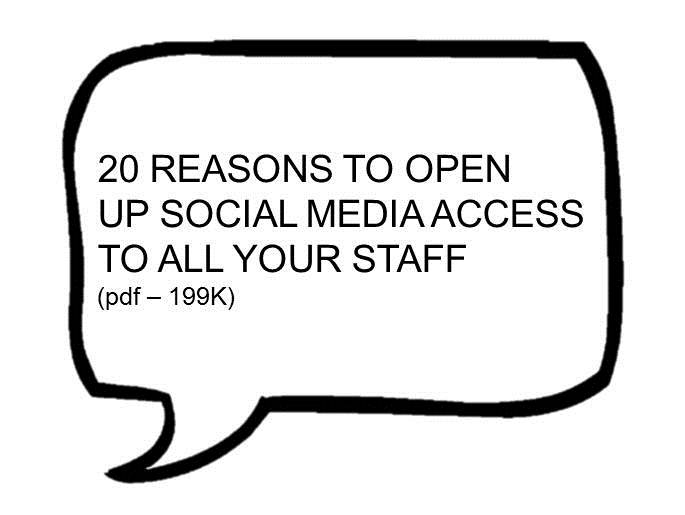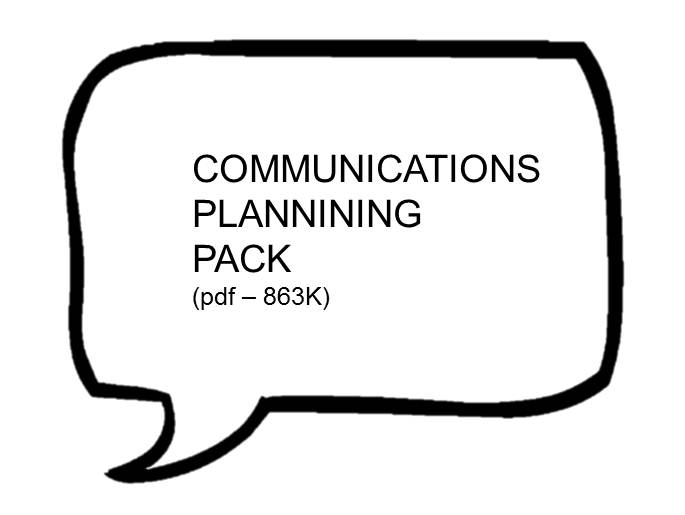 Sunday, April 29, 2012
Sunday, April 29, 2012 how social media has changed the press officer - journalist relationship
 by David Elks
by David Elks
If there’s one thing I’ve found in my career in journalism is that the conversation is king.
I’ve found my best stories, either in print or online, have been based on relationships with people - e.g. press officers - who trust the journalist to provide the inside line on stories for readers.
But how do journalists and press officers react in an age when it’s often faster to send a 140-character Tweet than wait for a couple of minutes to go through switchboard?
Let me try to give some of my experiences of how things are changing, and how to keep up with the pace of new technologies such as Twitter and Facebook.
Spool backwards eight years to the time when I was a ‘proper’ journalist working with press officers at companies and local authorities.
In most cases, I would be prompted to call a particular PR officer for three reasons: a press release I’d picked up in my inbox; an alert through things like the London Stock Exchange; or a tip-off from the public/employee.
I’d phone up, explain what I’d been told and wait for an answer. Normally I could wait a couple of hours, at most half a day for a response so I could drop it into my article for the following day’s paper.
Nowadays, that’s changed. In my online role as digital publisher for www.thisisstaffordshire.co.uk I can receive queries and tip-offs not just from telephone calls and emails, but from also from @replies and DM private messages in Twitter and Facebook.
It can be a challenge to respond to such queries, particularly when you consider my typical day starts at 7am, but I always try to answer any issues as swiftly as possible - maximum: 24 hours
That said, I’ve found it’s always worth dipping into Twitter at around 8pm, simply because that’s when I know a lot of our readers are active.
The problem I’ve encountered is that while it’s easy to find a tip-off, it’s difficult to follow that up without a phone call.
On several occasions, I’ve passed on queries about specific Tweets about anti-social behaviour or problems with ice to the relevant Twitter account to the local authority or police, and yet found it’s taken hours or days before the issue is responded to.
I would expect public-sector organisations to deliver responses to any queries made through Twitter - either as direct response, or through a phone call to explain the issues.
Don’t get me wrong. I know how difficult it can be to change or adopt new working practices. After years of working with a series of defined publishing deadlines, it was tough to get used to the idea of publishing on-demand - but that’s what readers want.
And I recognise that public sector organisations are by their nature slow to change because of the commitment towards delivering services and protecting the values of the state.
But there are real opportunities for those organisations that are willing to sit down and talk to their end-users (customers, if you like) and respond quickly.
Here’s four tips - slightly paraphrased (and my mangled interpretation in italics) - that mysociety.orgfounder Tom Steinberg made at last week’s Open-data Cities Conference in Brighton.
How do you get good at dealing with data and requests from the public?
1) Train staff to spot requests for data. You need to be able to differentiate between the bulk requests from the public, and those requests for information that might create the backbone of useful articles or applications.
2) Empower someone to help answer those requests. I found it frustrating when trying to make a query about the Home Office’s crime-mapping data - ‘What’s an API?’
3) Watch the FOI pile for those queries. Having followed mysociety’s Whatdotheyknow FOI request site, I’ve seen lots of examples where simple requests for data are met with ‘no’ answers, rather than ‘no, we can’t do that, but how can we help?’ answers.
4) Helping to collaborate with tools that make it easier. Tom made a good point that coders generally assume the reason public sector organisations refuse requests because ‘they’ don't want to. The real reason is that it's really difficult to comply with many requests because of the way that public sector IT systems are set up for public consumption. But public sector organisations need to recognise the potential benefits of opening up data to creating useful apps in this era of austerity and cuts.
David Elks is Northcliffe Media's aggregation co-ordinator and data journalist based in Stoke-on-Trent, Staffordshire.















Reader Comments